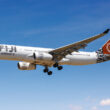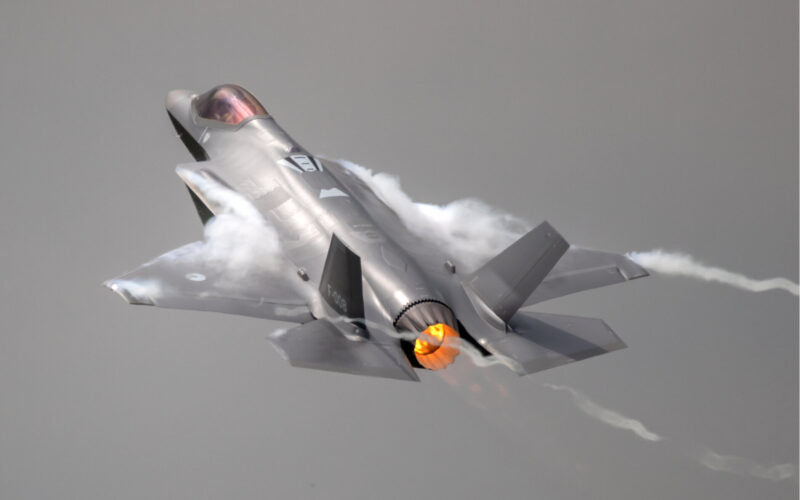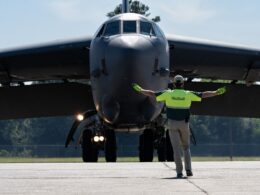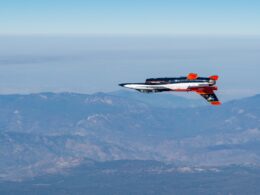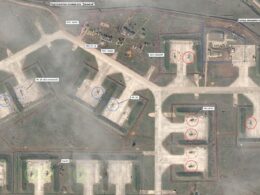Among several other deficiencies, the Koninklijke Luchtmacht (KLu), the Royal Dutch Air Force identified a defect on its F-35A fighter jets that could potentially lead to a fuel vapor explosion in case of a lightning strike.
The issue affects the On Board Inerting Gas Generation System (OBIGGS), a system that replaces the oxygen contained in fuel tanks by an inert gas, thus rendering kerosene vapors non-flammable. The tubes supposed to feed the gas were found subject to early wear.
In June 2020, the problem had been identified by the United States Air Force on 14 of 24 of its own F-35As inspected, according to Bloomberg. As a safety measure, the USAF imposed flight restrictions on its stealth fighter jets, preventing them from flying closer than 24 miles (40 km) from thunderstorms.
In its annual report on the Lockheed Martin F-35 published on September 18, 2020, the Dutch Ministry of Defense confirmed that the same issue was also affecting its own fleet of fighter jets. In addition to the flight restriction, lightning rods or protective shelters were imposed on F-35As parked within 10 miles (18 kilometers) of a thunderstorm.
No corrective measure has been applied yet as the reason for the premature wear of the system is “still the subject of further investigation,” according to the ministerial report.
As a consequence, the four F-35As based in Leeuwarden could not participate in NATO’s demonstration of interoperability, called Operation Allied Sky, on August 28, 2020. During the event, an air group of six B-52H Stratofortress strategic bombers flew over 30 NATO member states and were escorted by around 80 fighter jets from various air forces.
After the bombers had already taken off, the KLu announced that they would not participate due to heavy rains and thunderstorms forecasted in the Benelux.
The Dutch report also mentions several problems affecting the GAU-22A 25mm internal gun of the F-35A, including reduced accuracy and cracks on the plating surrounding the gun. Additionally, 15% of the fighter jet canopies show coating deficiencies that affect the pilot’s vision and stealth capacity of the aircraft. The only fix is to replace the canopy entirely, but an insufficient availability of parts affects the readiness of the KLu’s F-35As.
The report also provides an update on the incident that affected the first Dutch F-35A. On October 31, 2019, the KLu received its first operational F-35A fighter jet in Leeuwarden Air Base. The aircraft was welcomed by the traditional “water salute” from two fire trucks. However, one of them did not spray water but doused the aircraft with firefighting foam instead.
The F-35A was grounded for several weeks for inspection, in case the foam affected the radar-absorbing coating or the engines. “After thorough inspection and analysis, no damage to the aircraft has been determined and the aircraft is released for use,” concludes the report.




